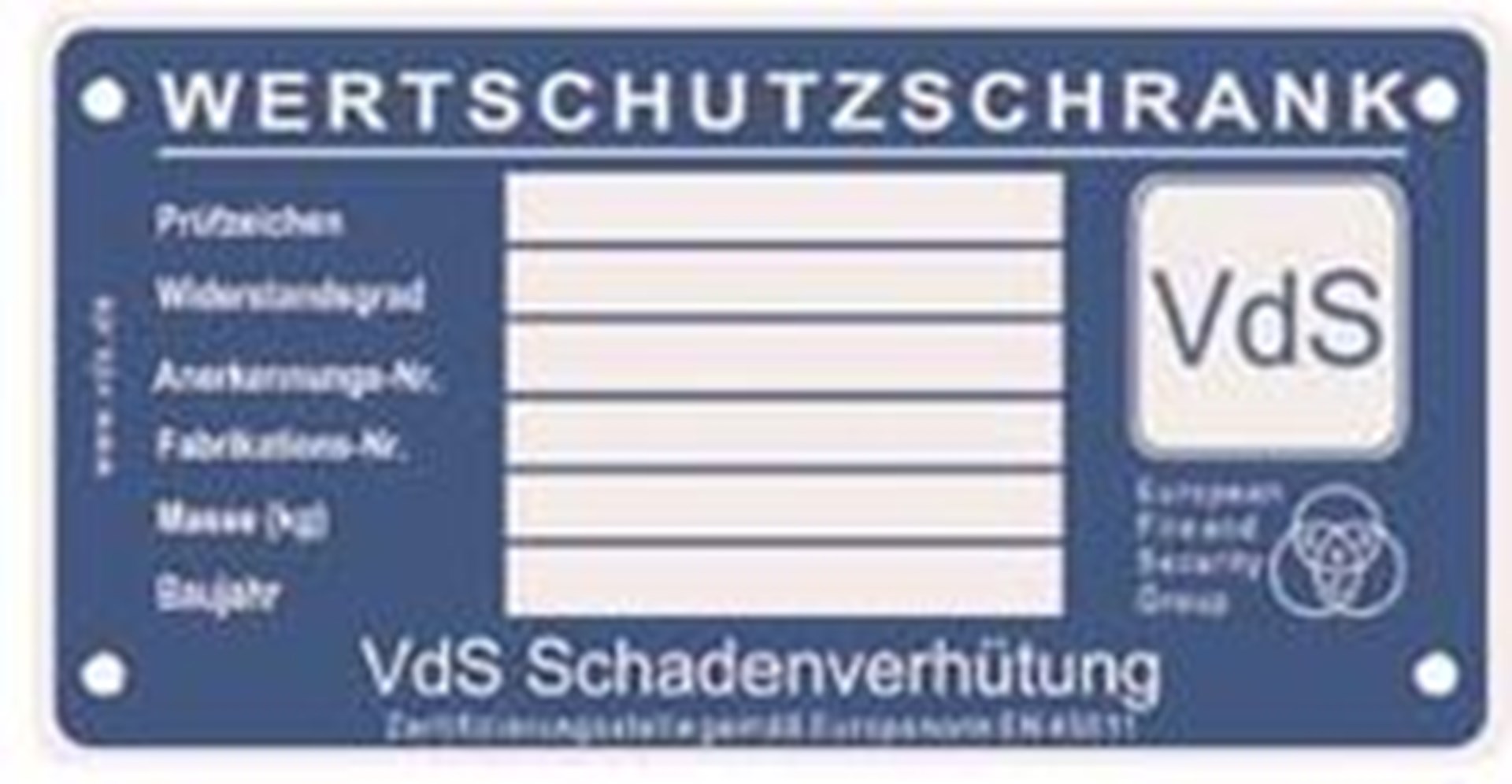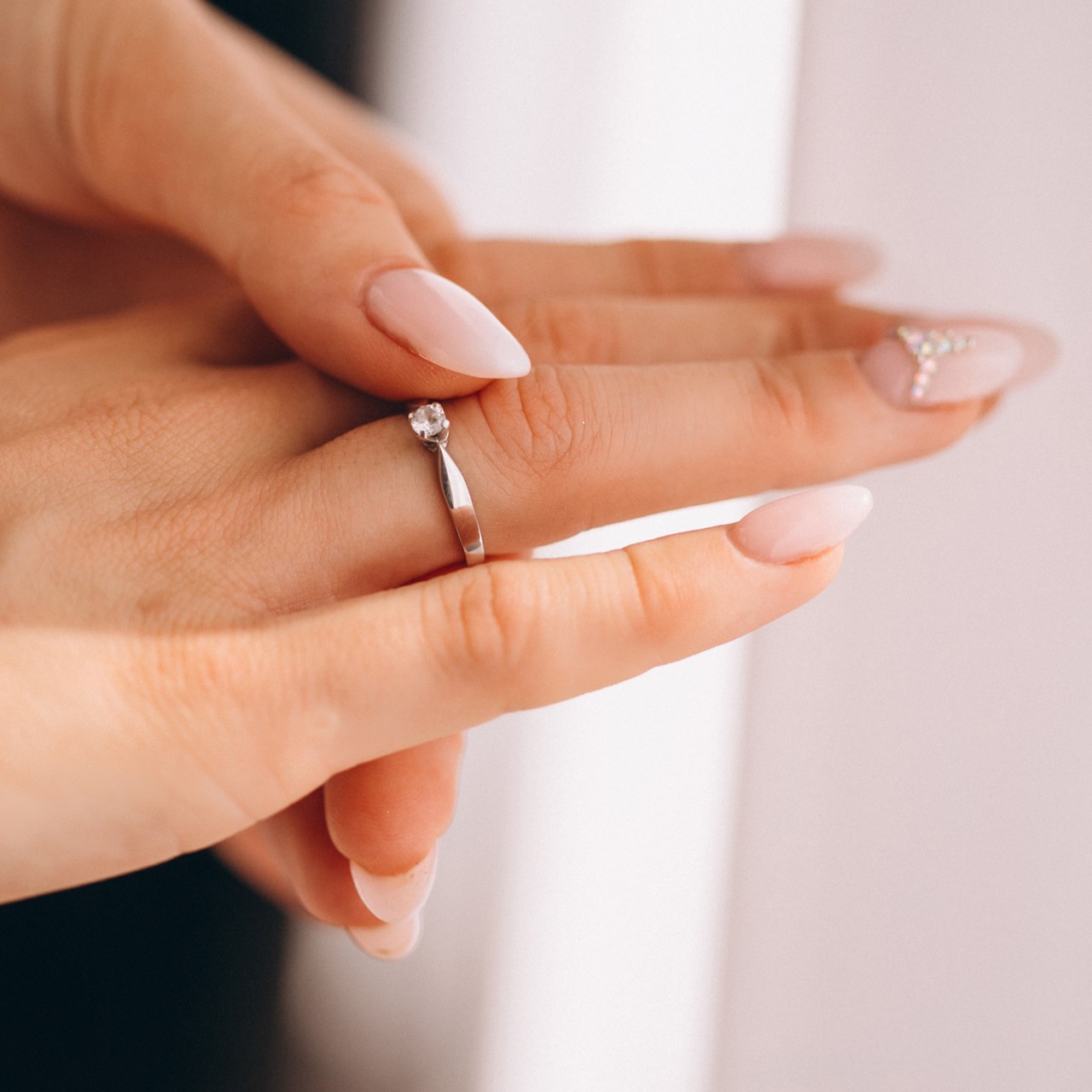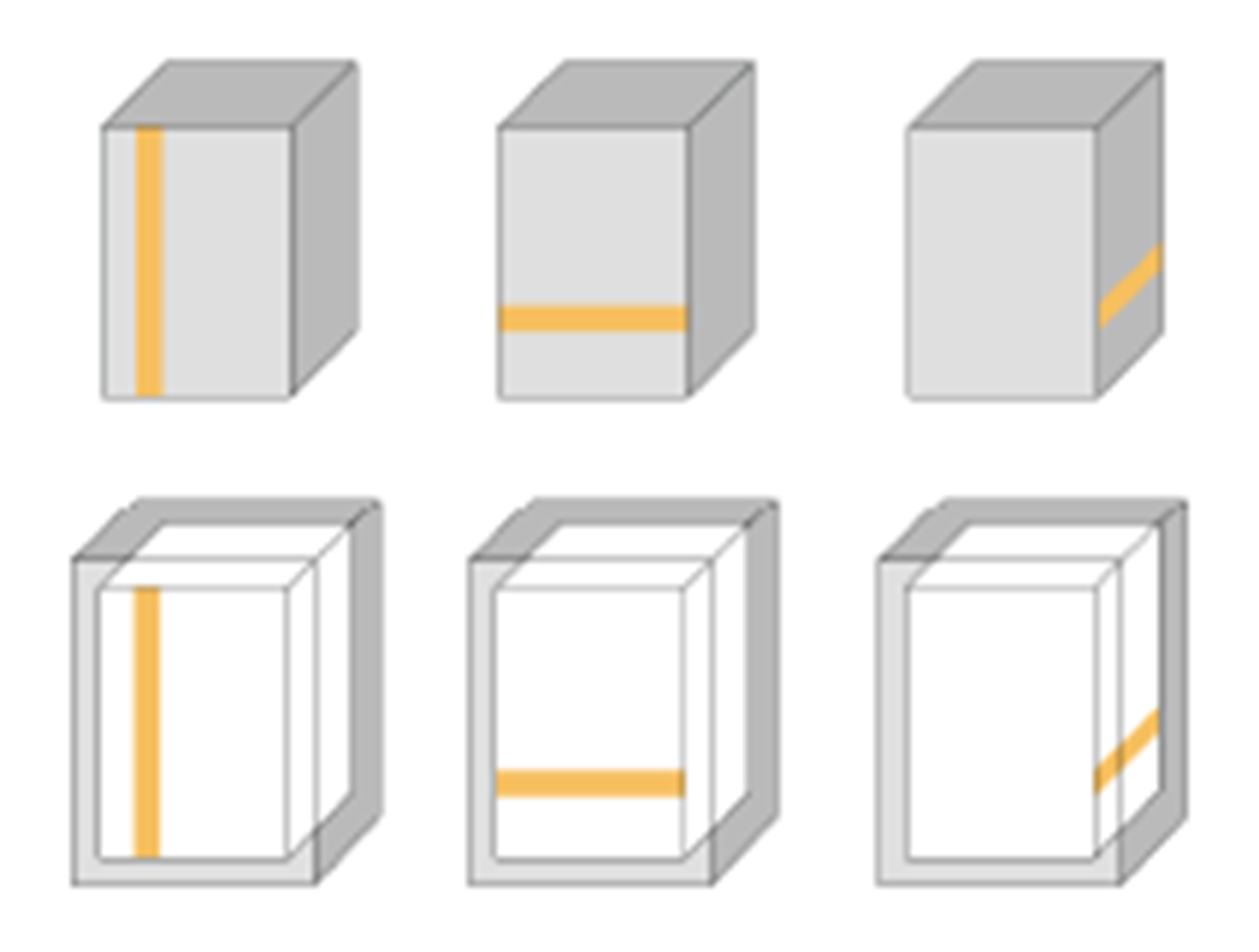Valuables deserve a special place and attention. Dedicate a space for them in your safe.
There are 6 different security levels, which determine the burglar resistance of the safe. This ensures exceptional security for your valuables. It is advisable to take out insurance for each safe from a commercial insurer, so ask your insurance agent about this. Information on insurance values is available here.
SIMPLE safes (security level S1) comply with European burglar resistance standards EN 14450 and Slovenian standards SIST EN 14 450. Safes of security levels N to 5 comply with the burglar resistance standard CEN EN 1143-1 (European standard with CEN marking, which means certified product) or SIST EN 1143-1 (Slovenian standard).
Primat safes
| Model |
Security level |
Burglary resistance* |
Certificate |
Insurable value** |
| Without alarm device |
With alarm device |
| SIMPLE |
S1 |
- |
✘ |
5.000 |
by arrangement |
| HOME |
N |
30/30 RU |
✔ |
10.000 |
20.000 |
| BASIC |
1 |
30/50 RU |
✔ |
20.000 |
40.000 |
| PRO |
2 |
50/80 RU |
✔ |
50.000 |
100.000 |
| PROPLUS |
3 |
80/120 RU |
✔ |
100.000 |
200.000 |
| PREMIUM |
4 |
120/180 RU |
✔ |
150.000 |
300.000 |
| DELUX |
5 |
180/270 RU |
✔ |
250.000 |
500.000 |
| DEPOSIT |
1-4 |
- |
✘ |
by arrangement |
by arrangement |
| KEYSTAR |
1 and S1 |
- |
✘ |
by arrangement |
by arrangement |
*Resistance level for partial/complete intrusion (RU) is obtained as part of the testing for certification
**In accordance with EN 1143-1
DEPOSIT model: Combination of level 1-5 safes and a deposit unit.
KEYSTAR model: adapted for key storage, available in levels 1 and S1.
When choosing a safe, pay attention to certificates
Uncertified safes can be found on the market, which means that no one has tested them to prove how resistant they are to break-ins and attacks. Only certified safes provide the highest level within each security class. These safes are fitted with plates from European certification bodies.
How to identify a certified safe?
Certified safes have a plate on the inside of the door from the certifying body, which guarantees that the safe has been tested.

In Europe, EN 1143-1 is the generally accepted standard covering the areas of safes, vaults and vault doors. This standard has also been adopted by Slovenia, where it is called SIST EN 1143-1. Testing and certification to this standard is carried out by several reputable European laboratories and organisations. Among them the most renowned are VdS, ECBS, Istituto Giordano, Appplus+, Cupp, SBSC. All safes certified to EN 1143-1 are subjected to rigorous testing to verify that their design complies with the requirements of the standard. According to the result obtained, a security level representing the resistance of the tested safe is determined, as well as an appropriate insurance value for the contents of the safe (with or without alarm device).
Advice
Choose safes of proven (certified) quality to ensure the safe storage of your items. Remember, the joy of buying cheap products only lasts until the unpleasant event of a break-in.
What to store in a safe?
Natural persons

- credit cards
- cheques
- savings books
- jewellery
- cash
- insurance policies
- personal documents
- securities
- collection of valuable objects
- security certificates
- collection of precious coins
- numismatic collection
- weapons
Entrepreneurs

- contracts, orders
- invoices
- securities
- technical documentation
- cash
- business documents
Advice
Try to make a list of the things you have been storing or hiding in different places. You will get an overview of your most precious items that would be good to store in the safest place.
How to choose a security level?
The choice of security level is a very important factor when choosing a safe. Please refer to the table of the European standard EN 1143-1 or the Slovenian standard SIST EN 1143-1 and the indicative insurance premiums of the Slovenian Insurance Association.
Advice
Try to assess the value of your belongings that you will be storing in the safe. You'll be surprised how much value you can reach.
How do I install a safe?
- Safes can be concreted into the wall
- Safes can be placed in furniture and anchored in the floor or in the wall
- Safes are freestanding, but can be anchored in the floor or in a wall for greater stability and security
How important is the weight of the safe?
Each safe has its own weight. Before buying a safe, check the load capacity of your floor and the possibility of bringing the cash register into your room (stairs, lift, etc.).
How do I choose the right size safe?
After making a list of the things you would like to keep in your safe, you will get a sense of the size of the space you need.
Pay attention to the external dimensions, which are important when installing the safe, and the internal dimensions, which is the storage space for your items.
Advice
The need to store and protect new items comes up again and again, so choose a larger safe than you need at the time of purchase. This will solve the space problem that often arises in the future, as people get used to storing things efficiently with a safe, so there are more and more items they want to store.

Which locking method should I choose?
There are three locking options available:
- with key lock (standard)
- with electronic combination lock
- with mechanical combination lock
The basic locking options can be combined. An overview of all types of locks is available here.
Advice
Think about your locking preferences and which locking method would suit you best, based on your experience so far. A key lock requires you to keep your keys safe, while combination locks require you to remember a code (of your choice). All of these locking methods are equally secure.